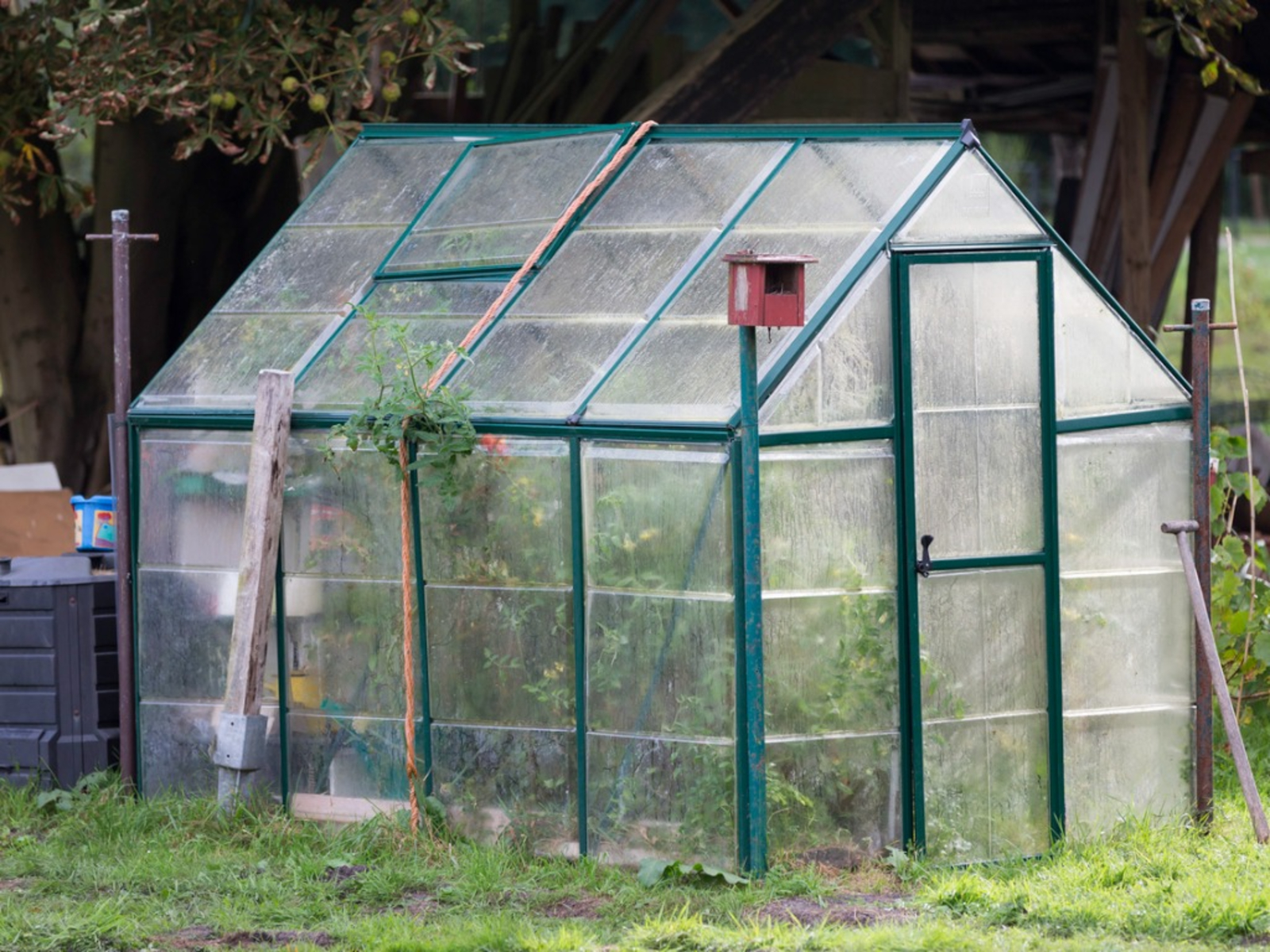Every homeowner dreams of having a lush green lawn. The sight of your lawn flourishing throughout the year, despite harsh weather, gives you a great feeling. Although managing your lawn can be challenging, with some effort and a few maintenance tips, you can do it.
Not only is a healthy lawn eye-catching, but it attracts birds and makes it easier to grow other plants. To maintain a green lawn, you must consider these eight factors.
- Watering
- Mowing
- Fertilizing
- Weeds
- Pests
- Diseases
- Aerating
- Dethatching
Let’s take a look at each of the components.
Watering
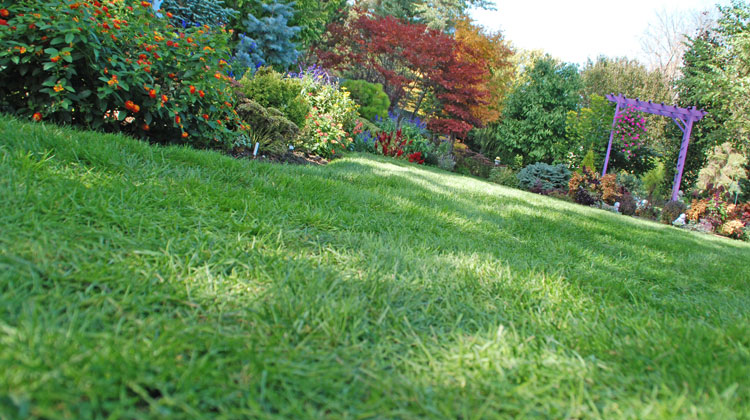
source: melindamyers.com
The process of watering is straightforward. Generally, lawns should be watered heavily when they need it, rather than slightly more often. You won’t see the benefits of watering lightly because it won’t soak into the soil.
Ideally, you should water your plants 6 to 8 inches (15 to 20 cm) deep to encourage their roots to grow deep into the soil. Different soil types require varying amounts of watering, but generally, the ground should be covered with about an inch of water. However, be careful not to over water new grass seed because you can damage it.
How to know when to water
As soon as you see the grass starting to dry out, water. Else, the green will begin turning into a blueish grey color, while its bounce will decrease somewhat. You should water the grass if it doesn’t spring back after being stepped on. The best time to water your lawn is during the morning because the water won’t evaporate as easily as during the afternoon, and it will help cool it as the temperatures rise.
Mowing
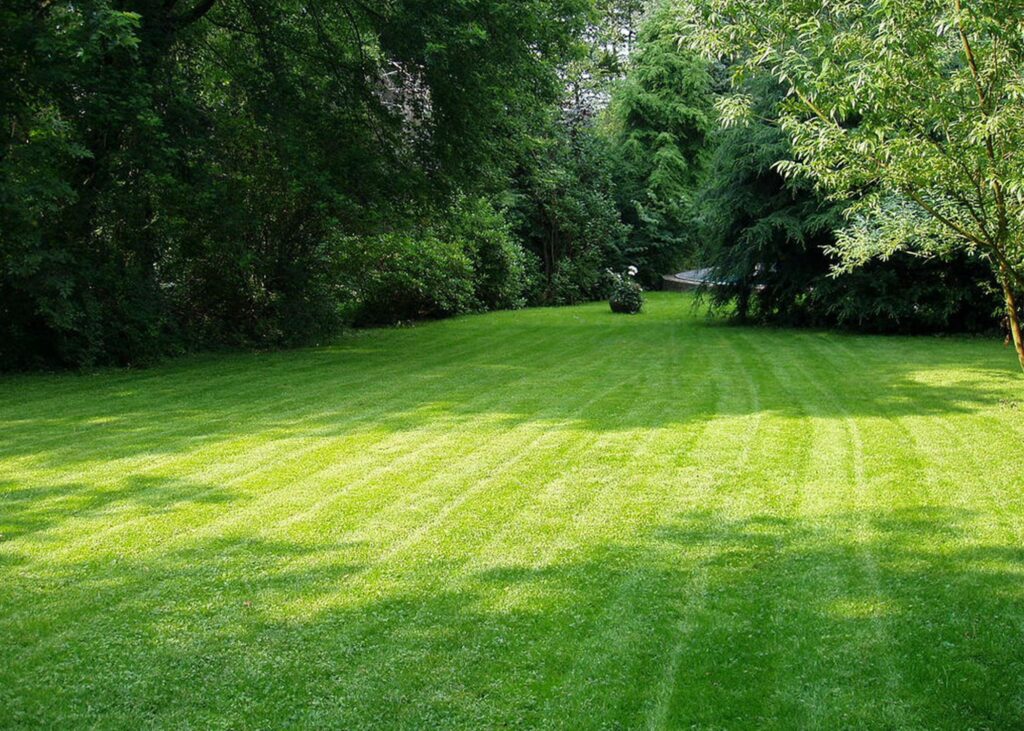
source: hf-corp.com
The roots of a grass plant are reduced by mowing, while water and nutrients from underground are needed to support large culms above ground. With a smaller culm, the roots can better support the plant, and grass also grows more vigorously with mowing.
After mowing, new leaves grow to absorb sunlight when the blades cut down the old leaves. Consequently, the lawn becomes thicker and heavier, which makes it more resistant to diseases and weeds.
When to mow
The best time to mow is during the growing season. If you cut off over a third of the grass plant all at once, the plant loses a lot of its ability to photosynthesize. This is one of the most common mowing mistakes.
What is the best height for grass?
The best height for cool-season grasses is about 3 inches (7.5 cm) or more, while most warm-season grasses are best kept at about 2 or 2.5 inches (5 to 6.5 cm). It may be a good idea to increase or decrease the mowing height over the year. When the temperatures are cool, and the water is plentiful, you can mow closer in the fall, winter, and spring. Let the grass grow longer in the summer.
What is the best method of mowing?
It’s recommended that you vary your mowing pattern. So one week, you push it north and south, and the next, east and west. To ensure a healthy, clean cut, sharpen your mower blades twice a year. By leaving the clippings from your mulching mower on your lawn, you’ll naturally fertilize it, which is better for the growth.
Maintaining periodically
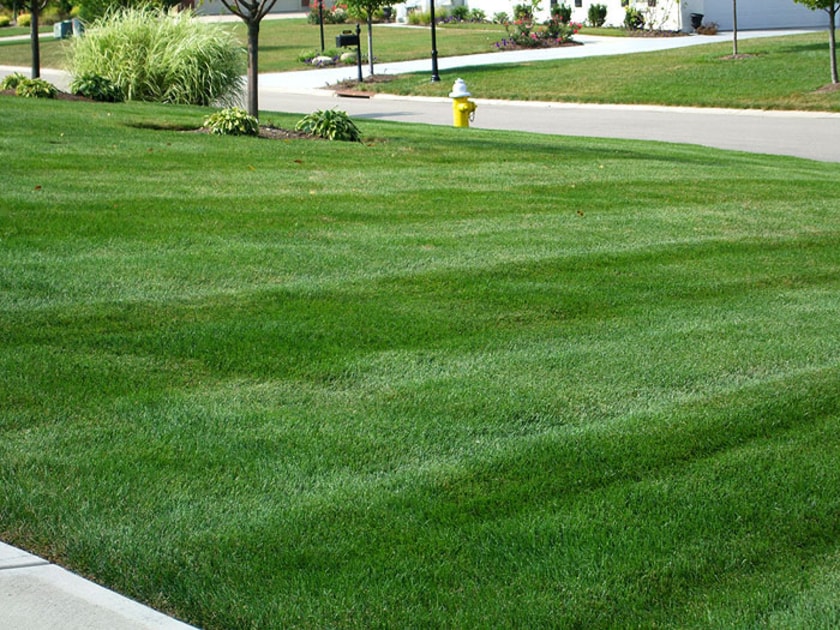
source: gomow.com
Throughout the year, you’ll need to make time for several large maintenance jobs to be handled by professionals, in addition to mowing and watering.
Fertilization
By fertilizing, the soil is supplied with nutrients to feed the grass. Your grass will grow faster if you fertilize regularly, which means it needs more nutrients than a typical plant. The soil can feed most native plants by itself, but your grass may need help getting enough nutrients.
Using granular commercial fertilizer once or twice a year is the most effective way to fertilize. Granular fertilizers release nutrients slowly over several months, unlike water-soluble spray fertilizers. Spreading the fertilizer in the fall will make the plant more drought and weed-resistant. Adding compost and manure to the fertilizer can also help.
Aeration
The soil can become compacted when people walk on it or when you mow it and make it difficult for oxygen to reach the microbes that break down organic matter to enrich the soil. Keeping your lawn healthy requires periodic aeration, which opens up the compacted soil.
How does it work?
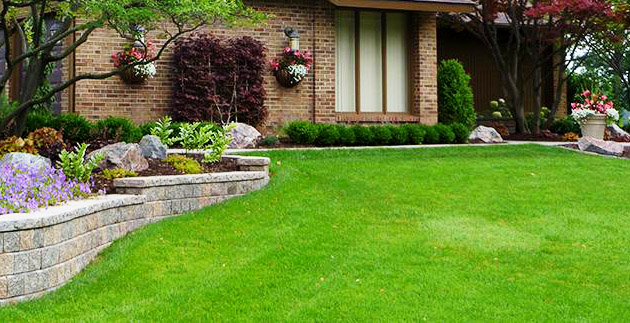
source: englishgardens.com
With manual and power core-aerators, narrow sections of soil are removed to create shallow holes in the soil. The combination of air, water, and organic matter helps in penetrating the soil to revitalize the ground. For lawns that have been severely compacted by heavy traffic, it’s best to aerate them every spring or fall.
Dethatching
In any lawn, thatch material collects around the base of the grass plants. Thatch is not made of mowed grass clippings. Grass clippings usually decompose within a week or two. Instead, it’s composed of culms and crowns that have died naturally.
The presence of some thatch helps reduce evaporation in the soil, but excessive thatch (more than 1/4 inch/6mm thick) prevents air and water from reaching the soil. Rake your lawn to remove thatch or rent a power dethatcher if it’s too thick.
Weeding problem
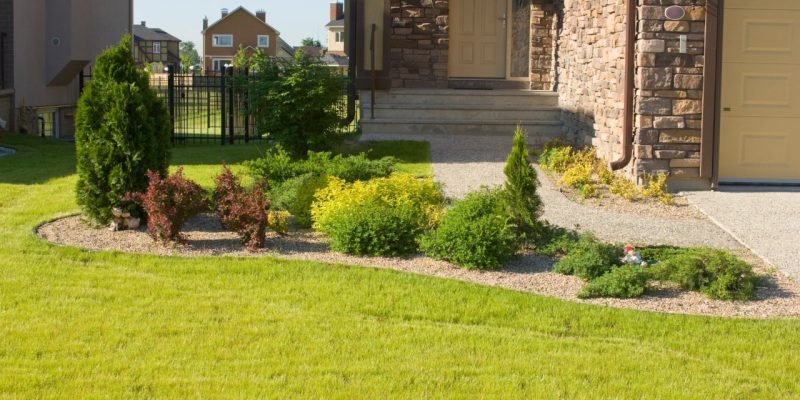
source: apzomedia.com
When you have a healthy lawn, you shouldn’t have much trouble weeding as long as you keep it healthy. Most weeds are crowded out by grass, especially modern mixtures. It’s a sign that your grass is weak if a lot of weeds appear. You may have deficient soil or waterlogged grass, or you may be cutting your grass too short.
Remove any weeds that detract from the appearance of your lawn. You can spray low-toxicity herbicide on the individual weeds if you have a large weed problem. Spray your entire lawn only if you have weeds all over.
Pest control and fighting diseases
Your grass may be destroyed from time to time by bugs. To combat infestations, you can spray insecticides or apply certain bacteria. Make sure that the insecticides kill only harmful insects. Keeping spiders and ants around will help keep lawn pests at bay.
Fungi that feed on the grass plants usually cause diseased lawns. Although healthy grass is resistant to fungi, it can occasionally develop diseases. Fungicides are available at any garden center to combat persistent or widespread fungi.


